10 Amazing Facts About Airplanes!
The world of commercial aviation is still a complex and mysterious place. There are many odd things about flying that most passengers don't know. Here are some things you might want to know.
1) Pilots and co-pilots eat different meals on a flight
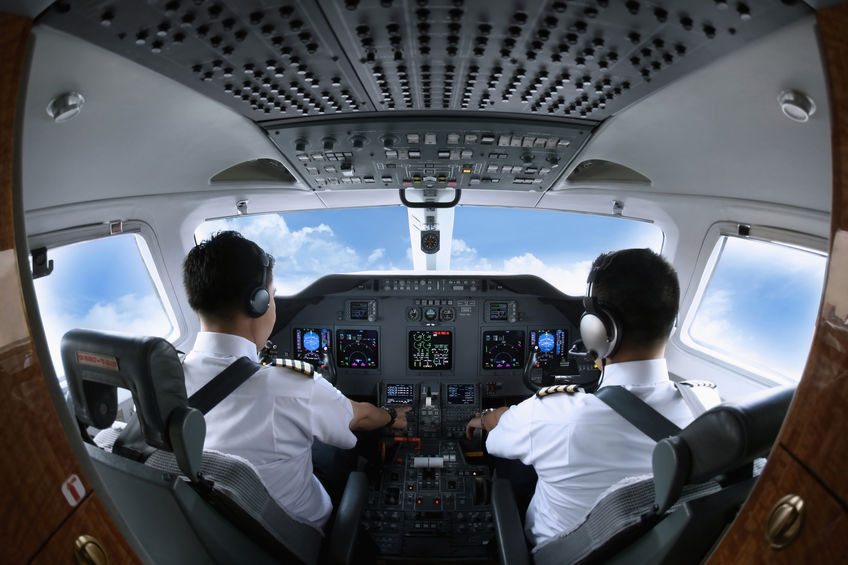
Most pilots and copilots on major airlines are not allowed to eat the same food to avoid the possibility of food poisoning sickening the entire flight crew.
2) The safest seats on an aircraft are those at the back of the plane.
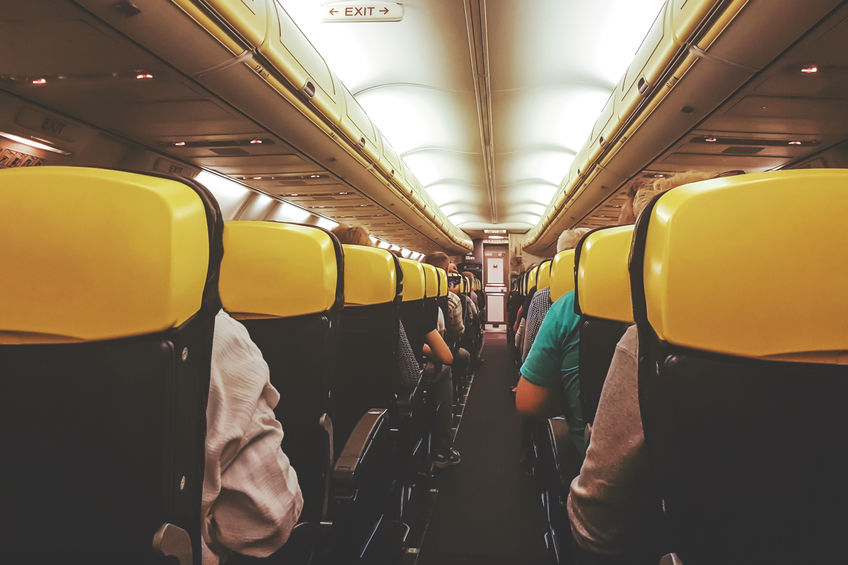
The fatality rate for seats in the rear third of a plane during a crash is 32 percent. The middle of the plane was the least safe, with a 39 percent fatality rate, while the front was marginally safer with a 38 percent fatality rate.
3) Pilots frequently fall asleep on the job.
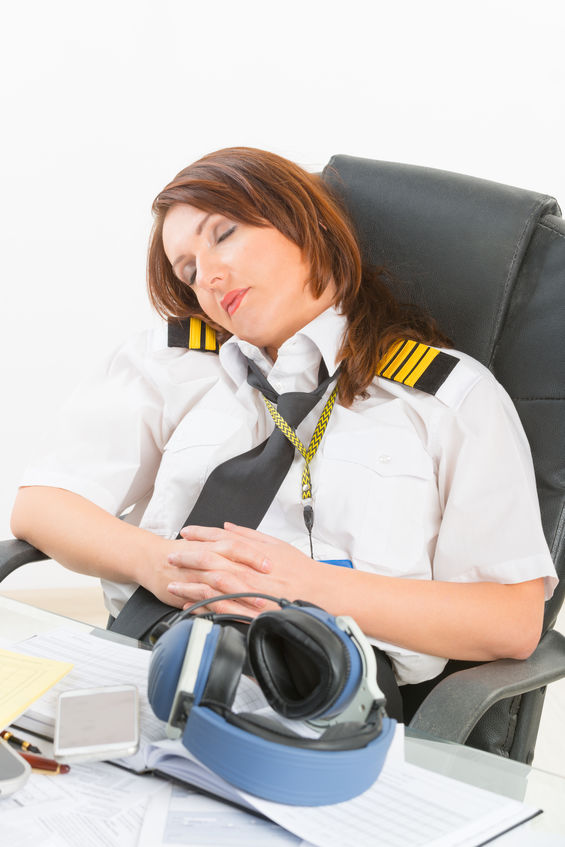
So, who’s flying your plane, exactly? Maybe no one—at least for portions of the flight. According to a 2017 report by the British Airline Pilots Association (BALPA), among a group of 500 pilots polled, 43 percent admitted to accidentally falling asleep while manning the plane, while 31 percent admitted to waking up from a nap to find their co-pilot sleeping, as well.
4) Dimming the aircraft’s lights serves a purpose beyond sleep.
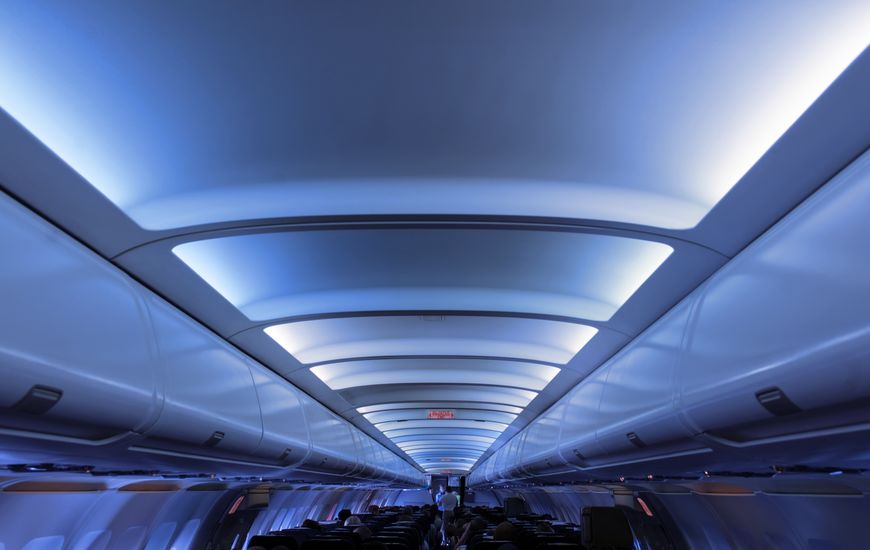
While it’s nice to imagine that airlines are simply hoping you’ll get in some restful sleep, that’s not exactly the truth. In fact, dimming the lights aboard a plane helps passengers’ eyes adjust to the dark, an essential component in helping them survive should there be a sudden nighttime evacuation.
5) Pointing a laser pointer at a plane is a serious crime.

Drive your pets crazy with a laser pointer all you want, but never aim that annoying red dot at a plane. According to 18 U.S. Code Section 39A, if you point a laser pointer at a plane or its flight path, you can enjoy up to five years in prison to think about what you’ve done.
6) Black boxes aren’t actually black.
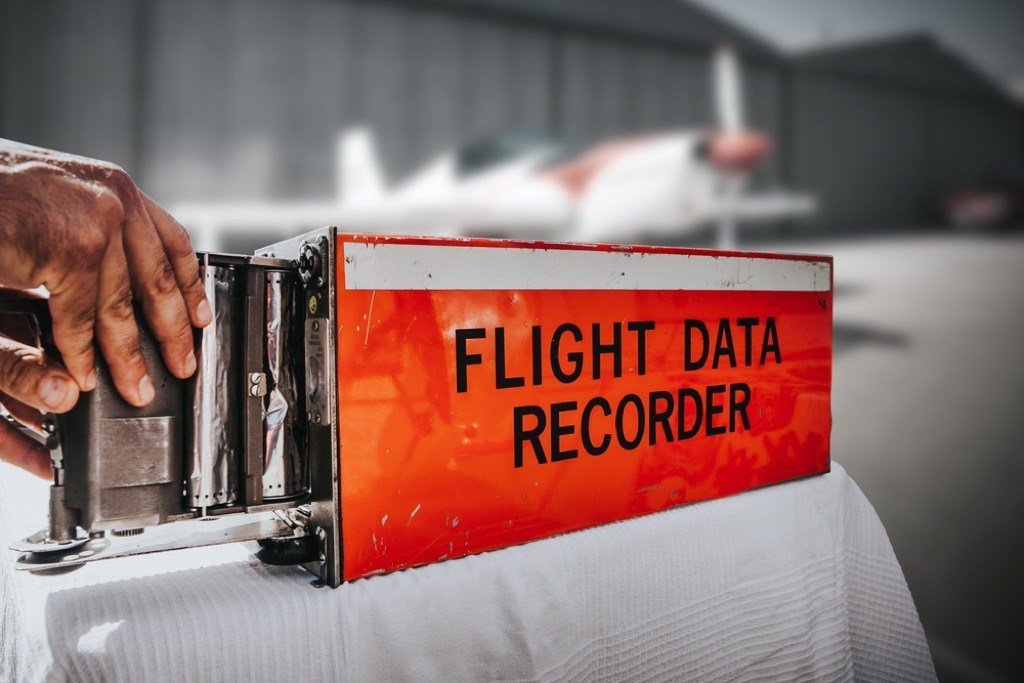
The black box, also known as the Flight Data Recorder, is actually painted bright orange. The heat-resistant paint used to coat the boxes’ exteriors comes in a highlighter-orange hue, which also happens to make them easier to find in case of an accident.
7) Your taste buds change in flight.

Good news for those who don’t find airplane meals particularly palatable: you’re not actually tasting as much of them as you might imagine. The difference in air pressure and the low humidity in a plane’s cabin make it more difficult for your taste buds to register sweet and salty flavors.
8) The longest military plane is six stories long.
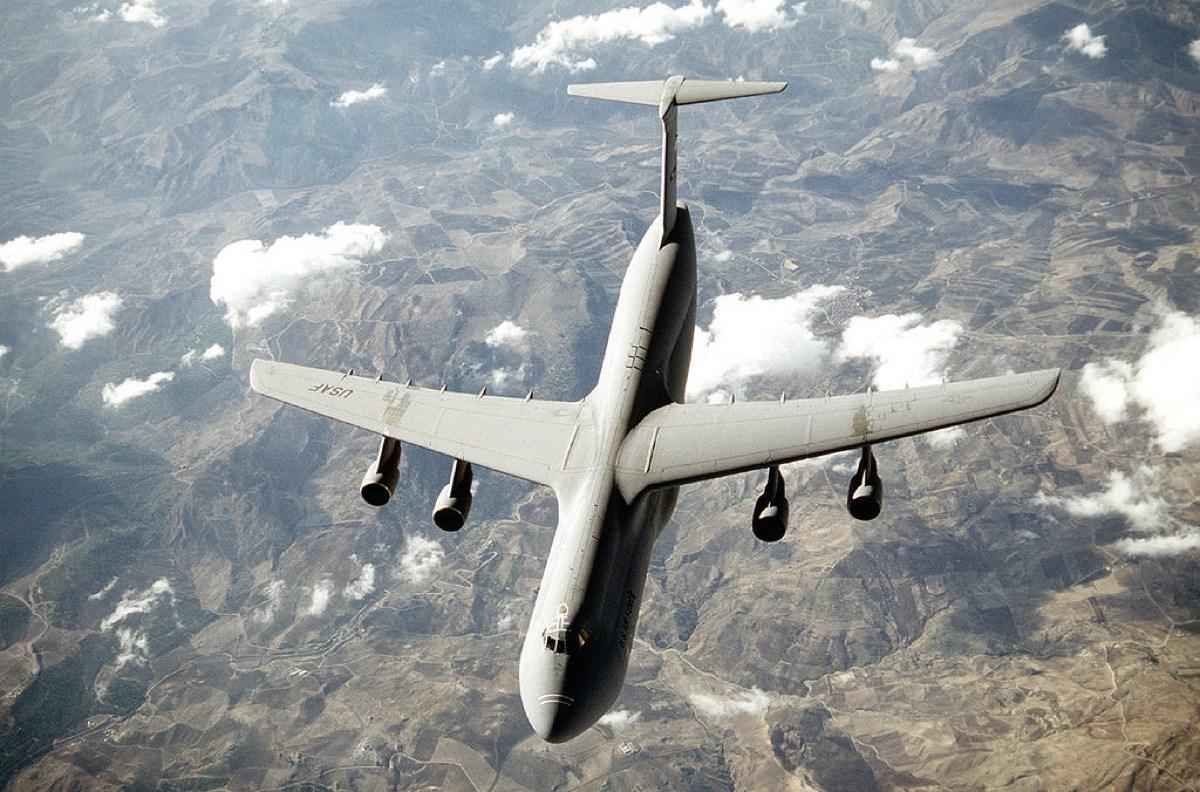
9) The dirtiest place on the plane isn’t the bathroom.
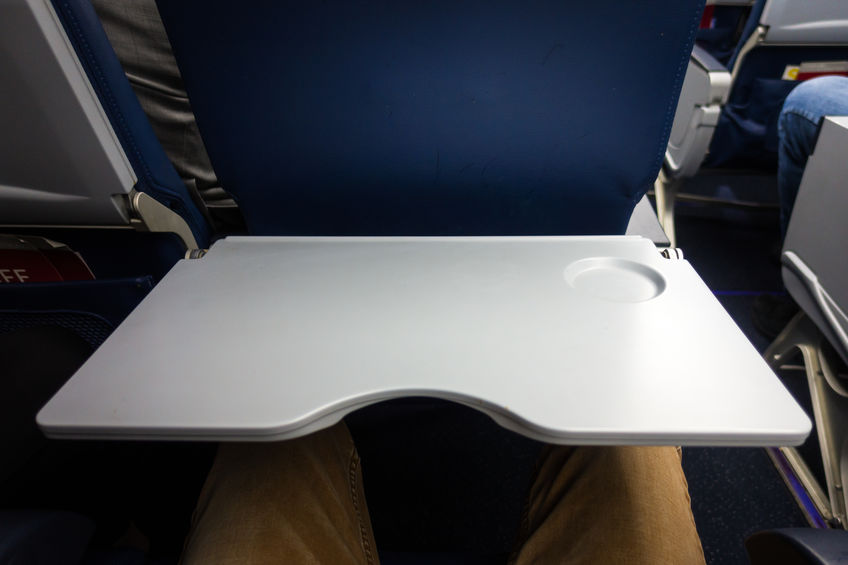
In fact, the filthiest place on a plane is that tray table you’re eating your meal off of. According to a study conducted by TravelMath, tray tables hosted 2,155 colony-forming bacterial units (CFU) per square inch. In comparison, the button to flush the toilet had just 265 CFU in the same amount of space.
10) In-flight oxygen masks aren’t intended to last the whole flight.
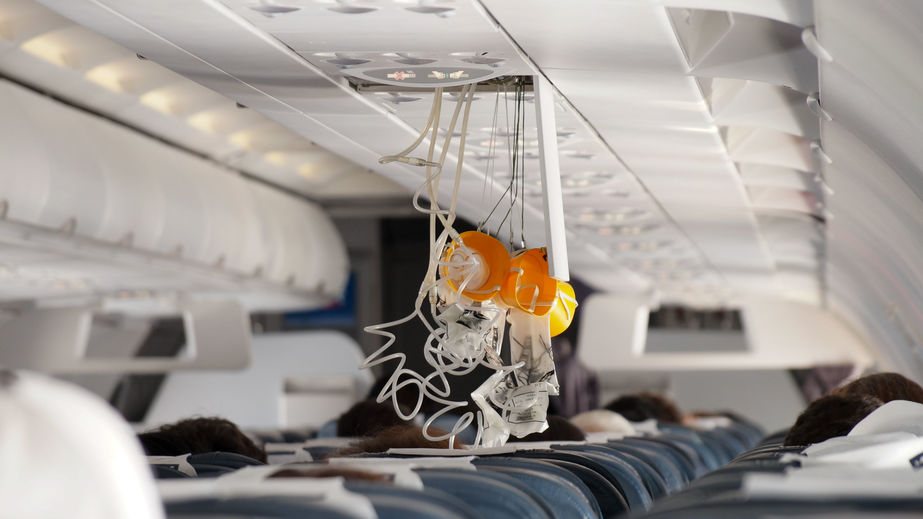
In fact, according to a report from the Air Accident Investigation & Aviation Safety Board, those masks only provide 12 minutes of continuous airflow on a 737. Luckily, that’s typically just the amount of time needed for your flight to find a safe landing spot.
News
-
 More than 300,000 trees planted as part of Dubai’s green push
More than 300,000 trees planted as part of Dubai’s green pushDubai Municipality has completed a series of landscaping and afforestation projects across key roads and intersections in the first half of 2025, as part of its broader Green Dubai initiative.
-
 Over 3.5 million illegal excise goods seized in Dubai operation
Over 3.5 million illegal excise goods seized in Dubai operationIn a major crackdown on tax evasion, inspectors from the Federal Tax Authority (FTA) have seized over 3.5 million illegal excise goods from a facility in Dubai.
-
 Emirates Road to undergo AED750 million makeover
Emirates Road to undergo AED750 million makeoverStarting September, Emirates Road will undergo a massive makeover over the next two years at an estimated cost of AED750 million.

